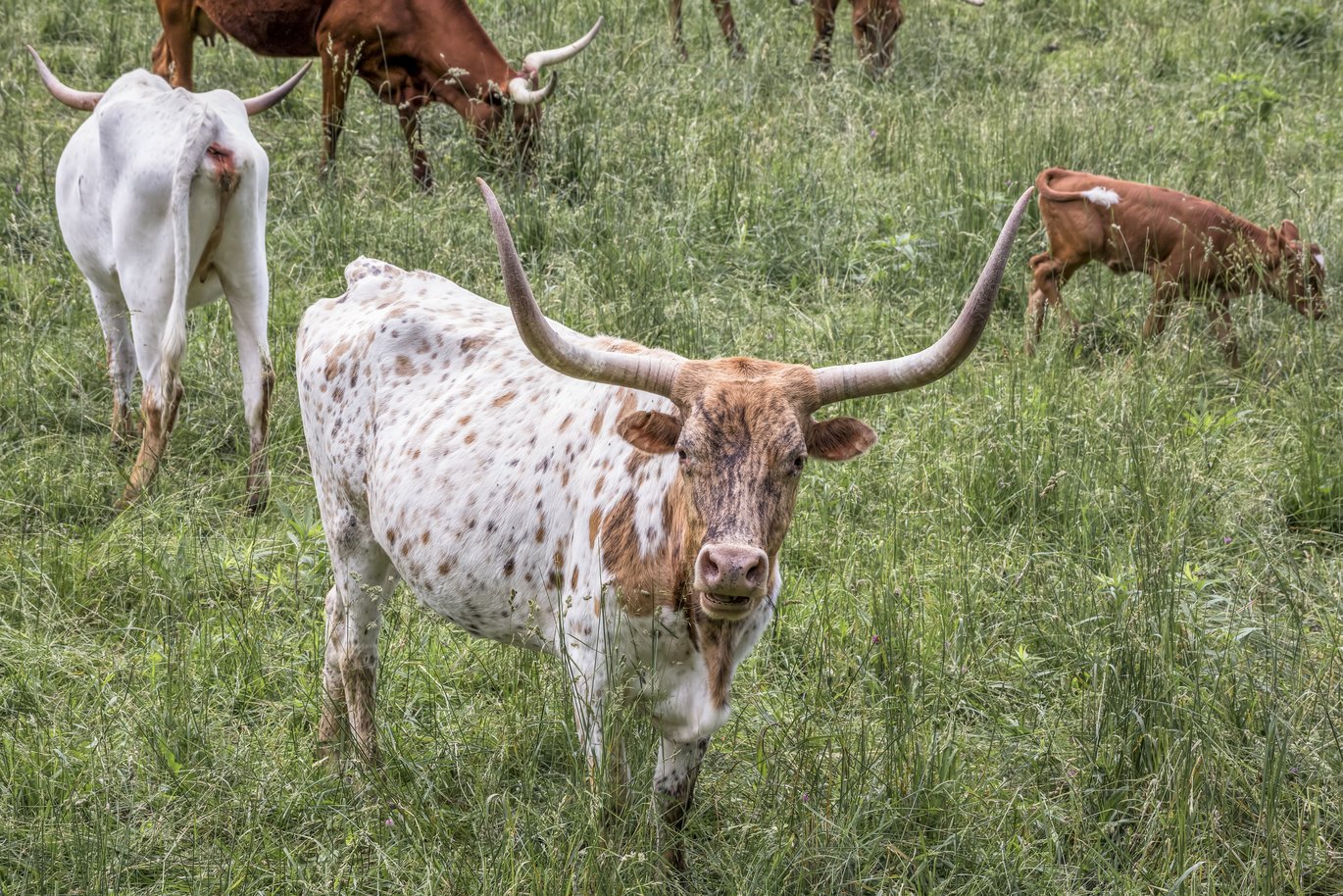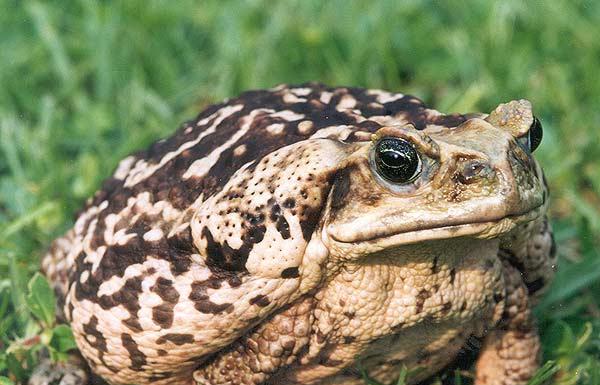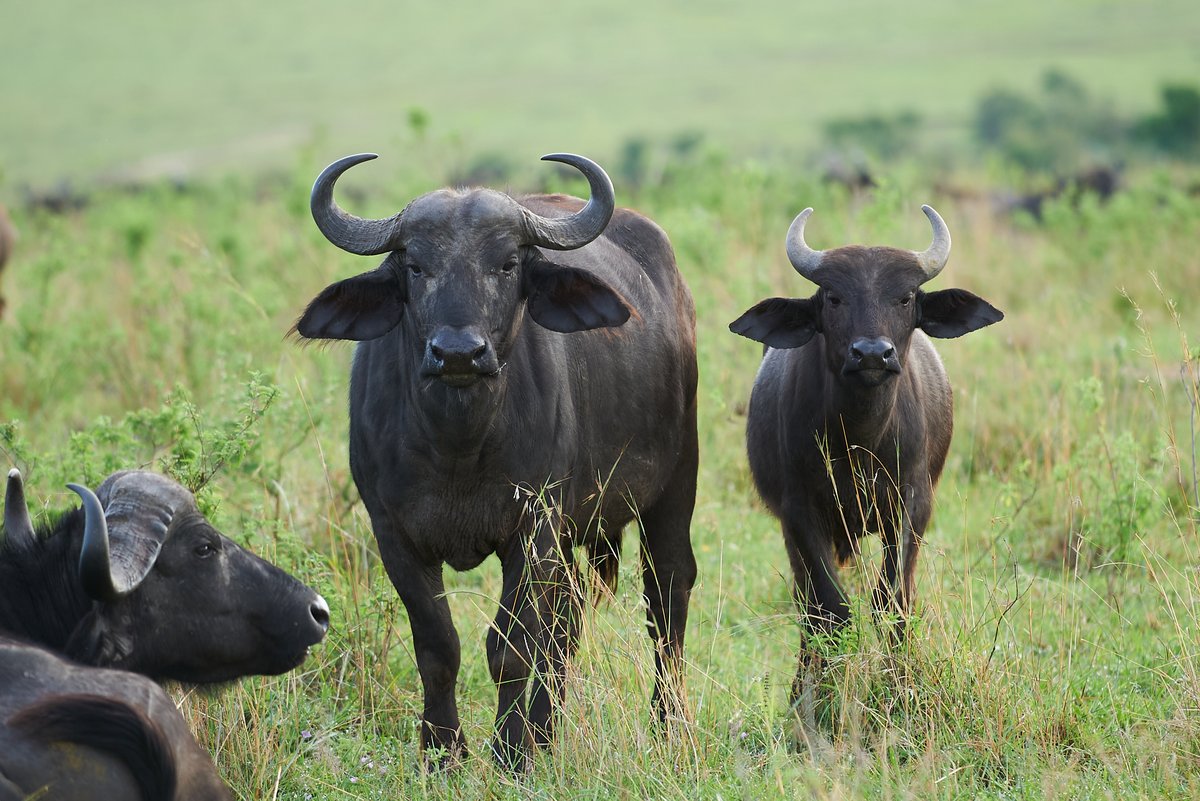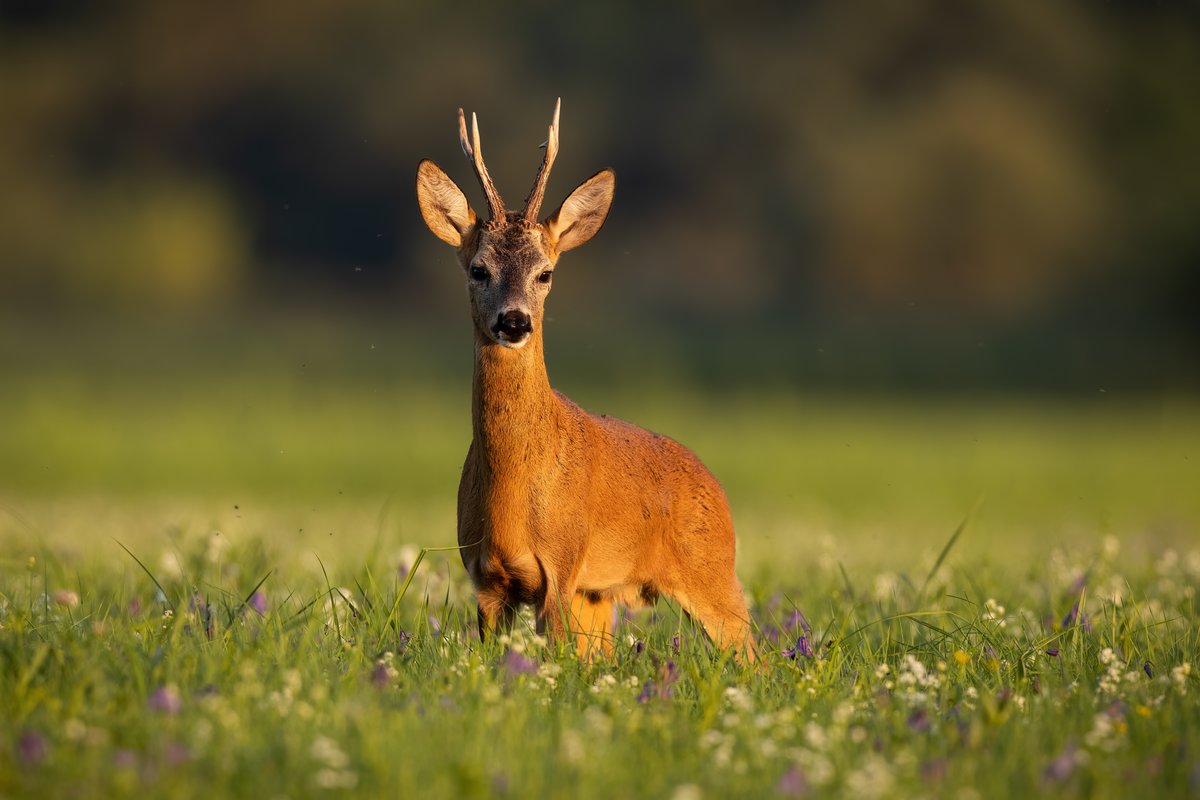Large native herbivores aren’t better for local plants than introduced species
New large-scale study shows that the idea of native animals being better for the local ecosystem than similar introduced species is wrong. What matters is the traits of the different species.

We’ve probably all heard stories about the introduction of new species that ran amok. Species that the ecosystem had no defense against and that in no time came to dominate the area. The Australian Cane Toad is one such example.
The toad was brought to Australia in 1935 to help kill insects that ate the crops, but the toad wasn’t particularly effective at killing the right insects and it had no effect on agriculture.
Instead the toad spread like crazy, killing and outcompeting other species and today can be found all over Australia.

Examples like this serve as horror-stories about what can go wrong when we introduce new species. And according to Erick J. Lundgren, postdoc at Department of Biology, Aarhus University and the lead researcher behind the new study, these stories have shaped the way we look at native and non-native species.
- Even though these impacts are ecologically specific, the examples have been used as an overall warning against non-native species. The problem is that we really don’t know if non-native species are always a problem. That’s why we looked into it, he says.
In collaboration with professor Jens-Christian Svenning, director for Center for Ecological Dynamics in a Novel Biosphere (ECONOVO), a Danish National Research Foundation center of excellence at Aarhus University, and several other scientists, Erick Lundgren set out to find an answer. They combed through 221 studies that had previously looked into the effect of different native and non-native animals on plant communities.
With nearly 4000 plots of land being part of the study it was a huge dataset. And the numbers were quite clear, explains professor Jens-Christian Svenning.
- We found no evidence that megafauna impacts were shaped by nativeness. Instead we found strong evidence that functional traits play a role. Larger-bodied and bulk-feeding megafauna promote plant diversity, while smaller, more selective species tend to have more negative effects, he says.

A post-colonial problem
The idea that non-native species are worse for the local ecosystem than native ones is a relatively new one. When the cane toad was introduced in Australia in the 1930s, introducing new species around the world wasn’t seen as a problem.
But after World War II that changed, explains Erick J. Lundgren.
- When the old colonial systems started to crumble our view on ecology changed. Maybe it was some sort of colonial guilty conscience, but we started viewing local ecosystems as stable entities not able to change or adapt.
- Suddenly we felt we needed to protect the native plants and animals against invasive species. And that’s how the field of invasion biology was born. A movement which really took off in the 1980s and 1990s.
The success of invasion biology led to the widespread idea of nativeness being the optimal solution. But that idea needs to change, Erick J. Lundgren explains.
- Our results show that when it comes to megafauna it’s the traits and not the nativeness that matters. There is no magic glue that binds animals and plants that co-evolved together. Non-native animals with the same traits might do the job just as well.

Plants prefer oxen and bison
The animal traits that matter to plant diversity seem to be the size of the mouth and the way the animals forage. According to the new study buffalo and bison lead to more plant diversity, while goats and deer tend to reduce it.
- The big herbivores such as bison, cattle and water buffaloes act almost like a lawn mowers. They generally eat everything which puts an equal pressure on all plants. Deer and goats are more picky. They only eat specific plants that they like, and these plants tend to decline or even disappear locally, says Jens-Christian Svenning.
Introducing feral cattle or water buffaloes into local areas where they never lived in and maybe complementing native deer could therefore be a good idea. Even though it might sound wrong in many people’s ears.
- I know it sounds a bit strange. But that is what our results show. We are not saying that non-native species never have undesirable effects; there are certainly many examples of that. The point is that when it comes to large animals – which also tend to have large, shifting distributions and generalized ecologies – it makes more sense to focus on traits than nativeness.
About the research
Type of study:
Meta-analysis
External funding:
This study has been supported by VILLUM FONDEN, the Danish National Research Foundation and the Independent Research Fund Denmark.
Conflicts of interest:
The authors declare that they have no competing interests.
Link to the scientific article:
Functional traits—not nativeness—shape the effects of large mammalian herbivores on plant communities
Contact info:
Jens-Christian Svenning
Professor and director
Center for Ecological Dynamics in a Novel Biosphere (ECONOVO) at the Department of Biology
Email: svenning@bio.au.dk
Phone: +45 28 99 23 04
Erick J. Lundgren
Postdoc
Center for Ecological Dynamics in a Novel Biosphere (ECONOVO) at the Department of Biology
Email: erick.lundgren@gmail.com
Jeppe Kyhne Knudsen
Journalist and science communicator
Email: jkk@au.dk
Phone: +45 93 50 81 48
